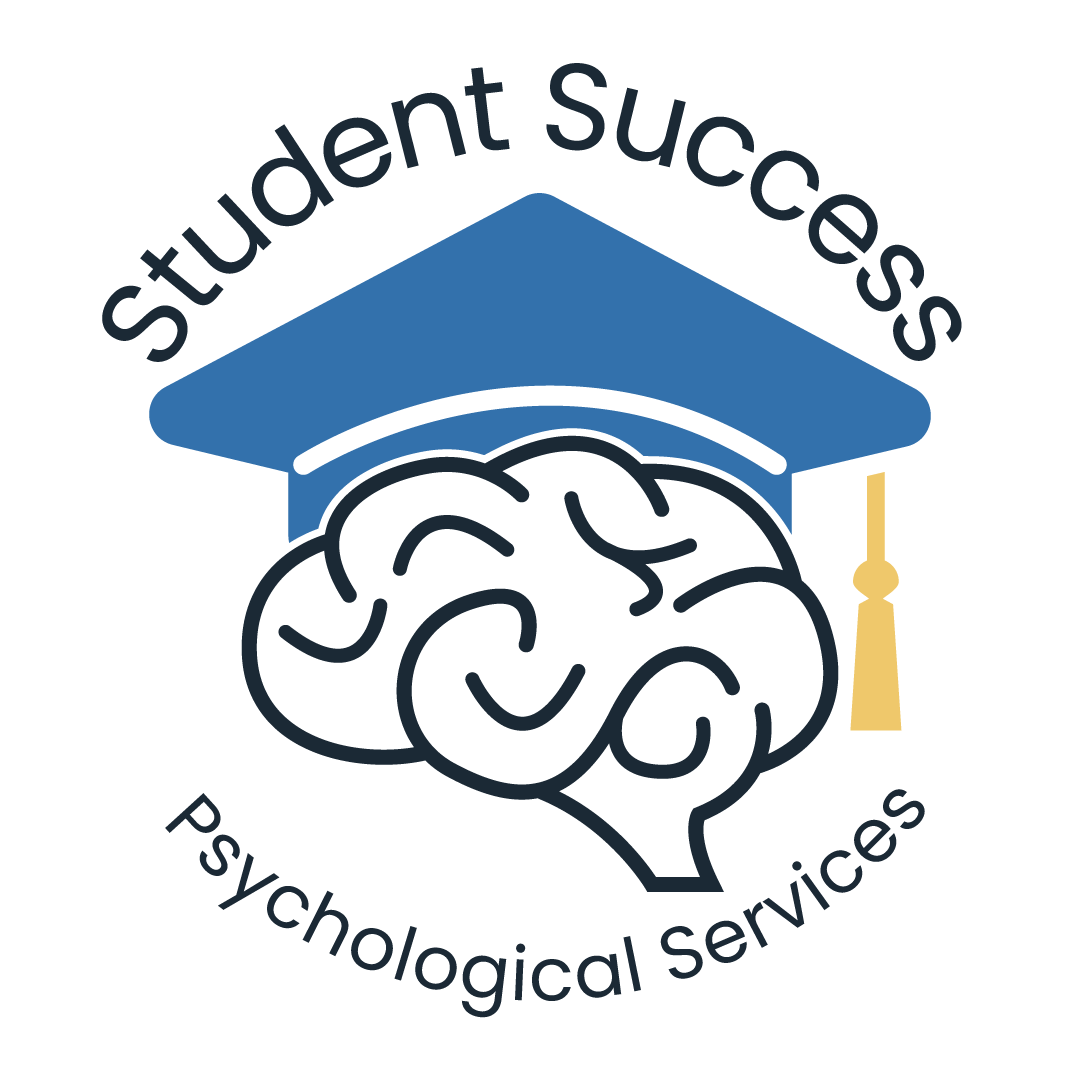When Your Teen Has Anxiety and Depression
According to a study published in the Journal of Psychiatric Practice, it is common for adolescents with anxiety to also have symptoms of depression (Melton et al., 2020). The authors of the study completed a systematic review of 115 research articles and summarized key findings related to the assessment, diagnosis, prevention, and treatment of co-occurring anxiety and depression among children and adolescents. They found specific considerations for the assessment and treatment of overlapping anxiety and depression among teens, such as such as somatic complaints and irritability as symptoms, impairment in school and social activities, increased risk for suicide, and family systems factors. Since anxiety disorders are the most common mental health problem among adolescents, this article has implications for increasing our understanding of related mental health concerns and how they may be effectively addressed.
Symptoms, Outcomes, and Influences
Teens experience greater distress when they have coexisting anxiety and depressive symptoms. Adolescents who have both anxiety and depression often experience greater depressed mood, agitation and irritability, insomnia, and poor concentration. They are more likely to report somatic complaints, such as gastrointestinal problems, headaches, or sweating. These symptoms often lead to school refusal and poor school attendance. Therefore, high school students with co-occurring anxiety and depression are at a greater risk for academic underachievement. Teenagers with anxious and depressive symptoms display greater rates of social withdrawal (e.g., less participation in recreational activities) and risky behavior (e.g., smoking), further contributing to negative life outcomes. The presence and severity of symptoms are influenced by family systems factors. Anxious and depressed adolescents report more family chaos, less autonomy and openness, less family warmth, and more controlling or overprotective parents.
Treatment
Medication: Selective serotonin reuptake inhibitors (SSRIs) are effective in treating teen anxiety and depression. Common SSRIs include escitalopram (Lexapro), citalopram (Celexa), fluoxetine (Prozac), and sertraline (Zoloft). Consulting with a medical professional (e.g., primary care doctor) regarding the risks and benefits to medication, as well as other treatment options is recommended. Because of potential side effects, use of these medications must be monitored carefully by a medical professional and caregiver.
Therapy: Cognitive-behavioral therapy (CBT) is a common evidence-based treatment for anxiety and depression. This approach to counseling focuses on changing unhelpful thoughts, managing strong emotions, increasing exposure to uncomfortable situations, improving coping and problem-solving skills, and increasing positive self-talk. Mental health professionals (e.g., psychologists) can provide individual therapeutic support to teens as well as psychoeducation and coaching to parents.
Combined medication and therapy: While medication or therapy alone are effective for treating anxious and depressive symptoms among adolescents, a combination of medication and CBT is most effective. This combined treatment requires ongoing collaboration and communication among caregivers, doctors, and mental health professionals as goals are established and progress is monitored. Any treatment plan for anxiety and depression should also include general health promotion practices, such as sufficient sleep, physical activity, and nutrition.
Student Success Psychological Services offers online counseling for high school students with co-occurring anxiety and depression. Click here to learn more.
Find the link to the full research article here: https://doi.org/10.1097/PRA.0000000000000132
Melton, T. H., Croarkin, P. E., Strawn, J. R., & Mcclintock, S. M. (2016). Comorbid anxiety and depressive symptoms in children and adolescents: A systematic review and analysis. Journal of Psychiatric Practice, 22(2), 84.

